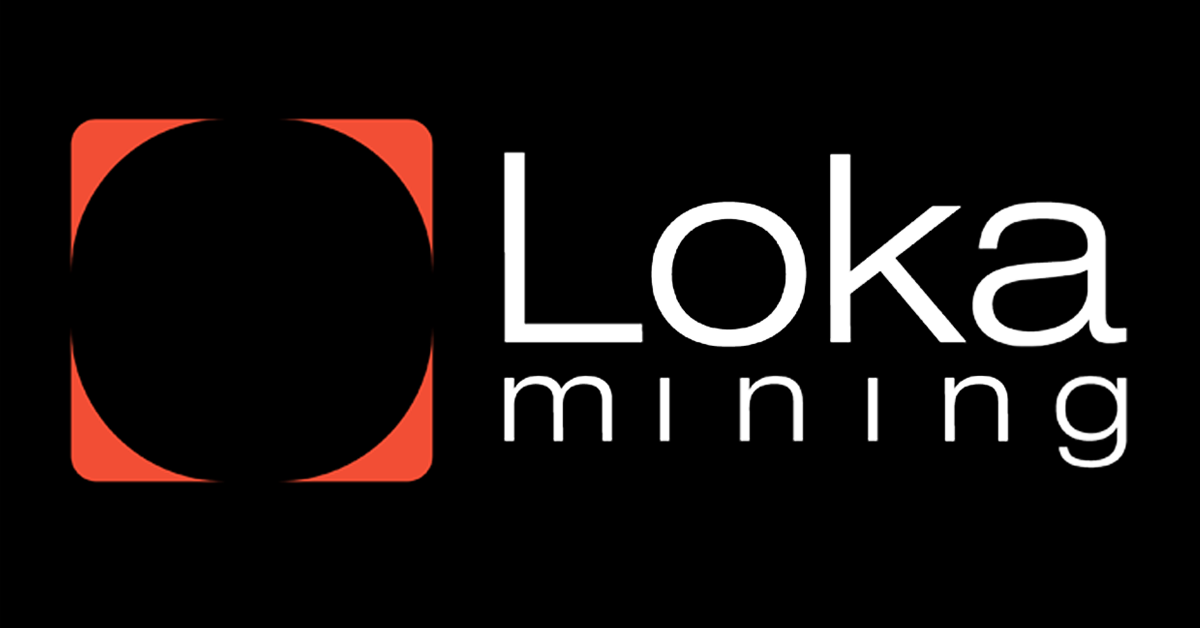ASIC in Bitcoin Mining: The Powerhouse Behind Cryptocurrency Mining

Introduction
In the rapidly evolving world of cryptocurrency, Bitcoin mining has emerged as a crucial activity that underpins the security and functionality of the Bitcoin network. Central to this process is a specialized piece of hardware known as an ASIC (Application-Specific Integrated Circuit). Designed specifically for mining Bitcoin, ASICs have revolutionized the mining industry by providing unparalleled speed and efficiency. This article delves into what ASICs are, how they work, and why they are indispensable in Bitcoin mining.
What is an ASIC?
ASIC stands for Application-Specific Integrated Circuit. Unlike general-purpose processors like CPUs (Central Processing Units) or GPUs (Graphics Processing Units), which are designed to handle a wide variety of tasks, ASICs are built for a single, specific function. In the context of Bitcoin mining, ASICs are tailored exclusively to execute the SHA-256 hashing algorithm, which is used in the process of verifying and securing transactions on the Bitcoin network.
How Does an ASIC Work in Bitcoin Mining?
- The Basics of Bitcoin Mining:
- Bitcoin mining involves solving complex cryptographic puzzles that require significant computational power. These puzzles are solved by finding a hash (a fixed-length alphanumeric string) that meets the specific criteria set by the Bitcoin network. This process is known as "proof of work."
- The goal of mining is to find a hash that is below a certain threshold, allowing the miner to add a new block to the blockchain and receive a reward in Bitcoin.
- The Role of ASICs:
- ASICs are specifically designed to perform the SHA-256 hashing function extremely efficiently. When mining Bitcoin, ASICs take the block's data (including transaction information) and repeatedly hash it, adjusting a variable known as the "nonce" each time, until a valid hash is found.
- ASICs are capable of performing billions of hash calculations per second, giving them a significant advantage over other types of hardware.
- The Mining Process with ASICs:
- Input Data: The ASIC receives the block header, which contains details such as the previous block's hash, a timestamp, and the nonce.
- SHA-256 Calculation: The ASIC processes this data through the SHA-256 hashing algorithm. This process is repeated as the nonce is incremented.
- Hash Comparison: The resulting hash is compared to the target hash set by the Bitcoin network. If the hash meets the criteria (i.e., is lower than the target), the block is successfully mined.
- Iteration: If the hash does not meet the target, the ASIC will continue to try new nonces and rehash the data, repeating the process billions of times per second until it finds a valid hash.
Why ASICs are Essential in Bitcoin Mining
- Unmatched Efficiency:
ASICs are incredibly efficient at performing the SHA-256 calculations required for Bitcoin mining. This efficiency is due to their specialized nature—they are built for one purpose and excel at it. ASICs consume far less power compared to CPUs or GPUs for the same amount of computational work, making them the most cost-effective solution for mining Bitcoin.
- Superior Speed:
The speed at which ASICs can calculate hashes is another major advantage. Modern ASICs can perform trillions of hashes per second (terahashes per second, or TH/s), significantly increasing the chances of successfully mining a block and earning Bitcoin rewards.
- Optimization for Bitcoin:
Since ASICs are designed specifically for Bitcoin’s SHA-256 algorithm, they don’t have the overhead that general-purpose processors have. This makes them much more effective at mining Bitcoin, with higher performance and lower power consumption.
Challenges and Considerations
- Cost of Entry:
While ASICs offer significant advantages, they also come with high upfront costs. The price of a modern ASIC miner can range from several hundred to several thousand dollars, depending on its capabilities. Additionally, as mining difficulty increases, older ASICs can become obsolete, requiring continuous investment in newer hardware.
- Energy Consumption:
Despite their efficiency, ASICs still consume a significant amount of electricity, especially when running large-scale mining operations. The cost of electricity can greatly impact the profitability of mining, making it important for miners to secure low-cost energy sources.
- Heat Management:
ASICs generate substantial heat during operation, necessitating robust cooling solutions. Effective cooling is crucial to maintaining optimal performance and preventing hardware damage. Miners often invest in industrial-grade fans, air conditioning systems, or even liquid cooling to manage the heat produced by their ASICs.
- Centralization Concerns:
The dominance of ASICs in Bitcoin mining has led to concerns about centralization. Because ASICs are expensive and require significant resources to operate efficiently, large mining farms with access to capital and cheap electricity have come to dominate the mining landscape. This concentration of mining power in a few hands can potentially lead to centralization, which goes against the decentralized ethos of Bitcoin.
Conclusion
ASICs have become the backbone of the Bitcoin mining industry, offering unparalleled efficiency and speed in processing the SHA-256 algorithm. Their specialized nature makes them the most effective tools for mining Bitcoin, enabling miners to maximize their chances of earning rewards. However, the high cost of ASICs, their energy demands, and the challenges of managing heat generation and centralization are important considerations for anyone looking to enter the mining space.
As the Bitcoin network continues to evolve, ASIC technology will likely continue to advance, pushing the boundaries of efficiency and performance. For miners, staying competitive will require not only investing in the latest ASIC hardware but also optimizing operational costs and maintaining a keen awareness of the broader mining ecosystem.
This article presented by Loka Mining.
Loka is revolutionizing the Bitcoin mining ecosystem by directly connecting investors with Bitcoin miners through a decentralized mining pool and an upcoming permissionless forward hashrate marketplace protocol.
Loka enables investors to get Bitcoin at lower than market price without centralized & counter-party risks, and Bitcoin miners to access capital efficient financing and hedge their risk exposure by selling their future mining rewards.
Find out more about loka in https://lokamining.com — or access our mining pool aggregator on https://pool.lokamining.com





